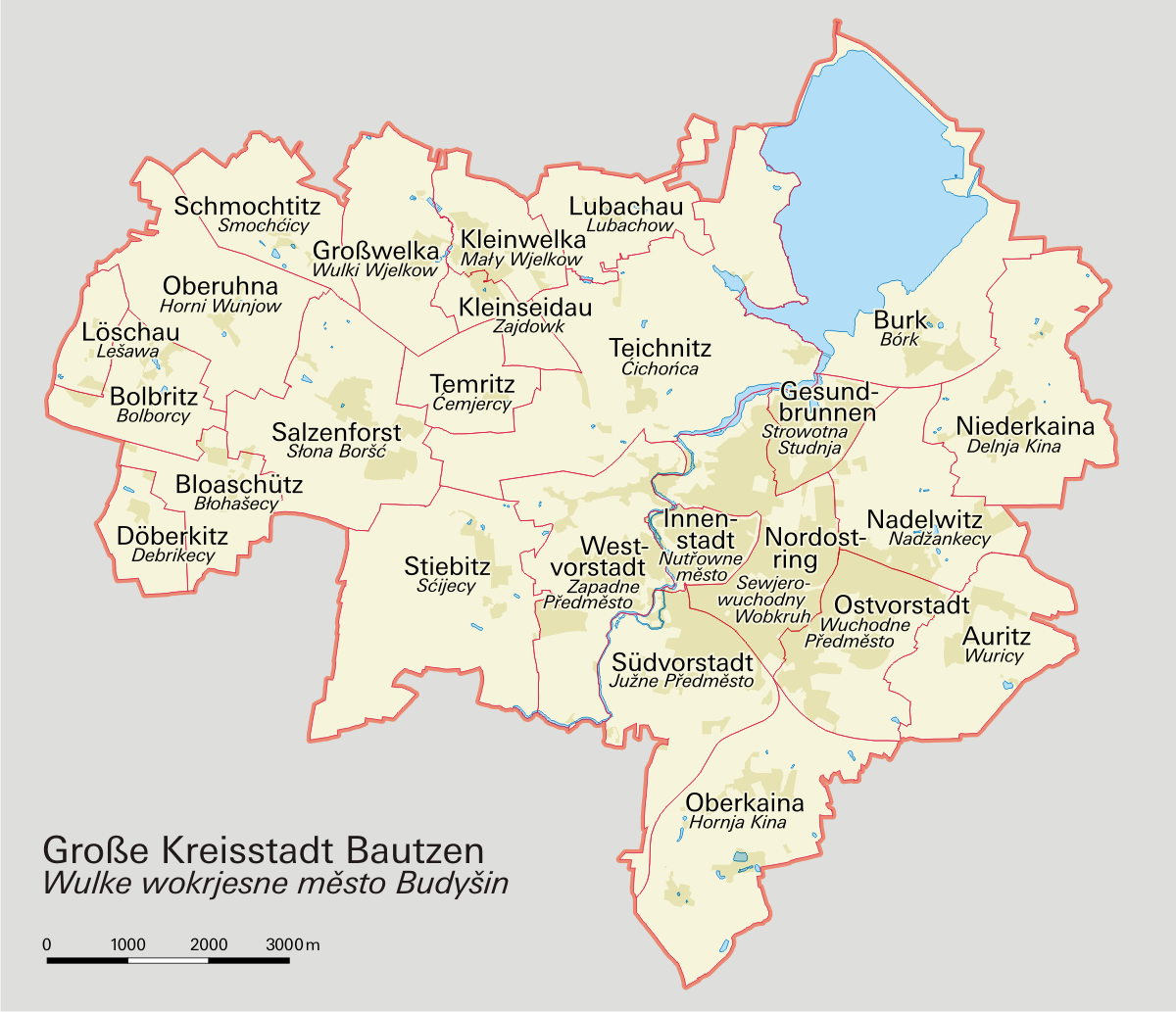|
Meissen
Meissen (in German orthography: ''Meißen'', ) is a town of approximately 30,000 about northwest of Dresden on both banks of the Elbe river in the Free State of Saxony, in eastern Germany. Meissen is the home of Meissen porcelain, the Albrechtsburg castle, the Gothic Meissen Cathedral and the Meissen Frauenkirche. The ''Große Kreisstadt'' is the capital of the Meissen district. Names * german: Meißen * french: Meissen, ou, selon l'orthographe allemande: ''Meißen''; en français suranné: ''Misnie'' * la, Misnia, Misena, Misnensium * pl, Miśnia * cs, Míšeň * hsb, Mišno * dsb, Mišnjo * zh, 迈森 (pinyin: ) History Meissen is sometimes known as the "cradle of Saxony". It grew out of the early West Slavic settlement of ''Misni'' inhabited by Glomatians and was founded as a German town by King Henry the Fowler in 929. In 968, the Diocese of Meissen was founded, and Meissen became the episcopal see of a bishop. The Catholic bishopric was suppressed in 1581 ... [...More Info...] [...Related Items...] OR: [Wikipedia] [Google] [Baidu] |
Meissen Porcelain
Meissen porcelain or Meissen china was the first European hard-paste porcelain. Early experiments were done in 1708 by Ehrenfried Walther von Tschirnhaus. After his death that October, Johann Friedrich Böttger continued von Tschirnhaus's work and brought this type of porcelain to the market, financed by King Augustus II of Poland, Augustus the Strong, King of Poland and Elector of Saxony. The production of porcelain in the royal factory at Meissen, near Dresden, started in 1710 and attracted artists and artisans to establish, arguably, the most famous porcelain manufacturer known throughout the world. Its signature logo, the crossed swords, was introduced in 1720 to protect its production; the mark of the swords is reportedly one of the oldest trademarks in existence. ''Dresden porcelain'' (or "china") was once the usual term for these wares, until in 1975 the (Higher Munich State Court) decided in favour of the Saxon Porcelain Manufactory Dresden, which alone was then allowed ... [...More Info...] [...Related Items...] OR: [Wikipedia] [Google] [Baidu] |
Margraviate Of Meissen
The Margravate of Meissen (german: Markgrafschaft Meißen) was a medieval principality in the area of the modern German state of Saxony. It originally was a frontier march of the Holy Roman Empire, created out of the vast '' Marca Geronis'' ( Saxon Eastern March) in 965. Under the rule of the Wettin dynasty, the margravate finally merged with the former Duchy of Saxe-Wittenberg into the Saxon Electorate by 1423. Predecessors In the mid 9th century, the area of the later margravate was part of an eastern frontier zone of the Carolingian Empire called Sorbian March (''Limes Sorabicus''), after Sorbian tribes of Polabian Slavs settling beyond the Saale river. In 849, a margrave named Thachulf was documented in the '' Annales Fuldenses''. His title is rendered as ''dux Sorabici limitis'', "duke of the Sorbian frontier", but he and his East Frankish successors were commonly known as ''duces Thuringorum'', "dukes of the Thuringians", as they set about establishing their power ove ... [...More Info...] [...Related Items...] OR: [Wikipedia] [Google] [Baidu] |
Meissen Cathedral
Meissen Cathedral or the Church of St John and St Donatus (german: Meißner Dom) is a Gothic church in Meissen in Saxony. It is situated on the castle hill of Meissen, adjacent to the Albrechtsburg castle and forms a critical centrepiece of the iconic Meissen skyline overlooking the River Elbe in the valley below. History It was the episcopal see of the Bishopric of Meissen established by Emperor Otto I in 968. It replaced an older Romanesque church. The present-day hall church was built between 1260 and 1410, the interior features Gothic sculptures of founder Emperor Otto and his wife Adelaide of Italy as well as paintings from the studio of Lucas Cranach the Elder. The first Saxon elector from the House of Wettin, Margrave Frederick I, had the Prince's Chapel erected in 1425 as the burial place of his dynasty. The twin steeples were not attached until 1909. In 1581 the Meissen diocese was dissolved in the course of the Protestant Reformation, and the church was used by the P ... [...More Info...] [...Related Items...] OR: [Wikipedia] [Google] [Baidu] |
Albrechtsburg
The Albrechtsburg is a Late Gothic and early Renaissance castle erected from 1471 till about 1495. It is located in the town centre of Meissen in the German state of Saxony. It is situated on a hill above the river Elbe, adjacent to the Meissen Cathedral. History In 929 King Henry I of Germany subdued the Slavic Glomacze tribe at the Siege of Gana and built a fortress within their settlement area, situated on a rock high above the Elbe river. This castle, called ''Misnia'' after a nearby creek, became the nucleus of the town and from 965 the residence of the Margraves of Meissen, who in 1423 acquired the Electorate of Saxony. In 1423 Frederick I was appointed Elector of Saxony. His grandsons, Ernst and Albrecht, ruled over Saxony and Thuringia together from 1464 to 1485 and commissioned the master builder Arnold von Westfalen to build the first German palace on the site of the old margravial castle in 1471. Albrechtsburg Castle never actually became a centre of Wet ... [...More Info...] [...Related Items...] OR: [Wikipedia] [Google] [Baidu] |
Henry II, Holy Roman Emperor
Henry II (german: Heinrich II; it, Enrico II; 6 May 973 – 13 July 1024), also known as Saint Henry the Exuberant, Obl. S. B., was Holy Roman Emperor ("Romanorum Imperator") from 1014. He died without an heir in 1024, and was the last ruler of the Ottonian line. As Duke of Bavaria, appointed in 995, Henry became King of the Romans ("Rex Romanorum") following the sudden death of his second cousin, Emperor Otto III in 1002, was made King of Italy ("Rex Italiae") in 1004, and crowned emperor by Pope Benedict VIII in 1014. The son of Henry II, Duke of Bavaria, and his wife Gisela of Burgundy, Emperor Henry II was a great-grandson of German king Henry the Fowler and a member of the Bavarian branch of the Ottonian dynasty. Since his father had rebelled against two previous emperors, the younger Henry spent long periods of time in exile, where he turned to Christianity at an early age, first finding refuge with the Bishop of Freising and later during his education at the c ... [...More Info...] [...Related Items...] OR: [Wikipedia] [Google] [Baidu] |
Meissen District
Meissen (german: Meißen) is a district ('' Kreis'') in Saxony, Germany. It is bounded by (from the north and clockwise) the state of Brandenburg, the district of Bautzen, the urban district Dresden, the districts Sächsische Schweiz-Osterzgebirge, Mittelsachsen and Nordsachsen. History The district dates back to the ''Amt Meißen'', which was first mentioned in 1334. The district was ruled by the Wettin dynasty. The Margraves of what then became the Margravate of Meissen created the administrative division (''Amt'') in the 13th century. In 1835 the ''Amt'' was converted into an ''Amtshauptmannschaft'', with the area of the current district covered by the ''Amtshauptmannschaften'' Meissen, Dresden and Großenhain. In 1939, these were renamed ''Landkreise'' (districts). In the administrative reform of 1952, several municipalities were transferred to the districts of Freiberg and Döbeln. In 1990, the old district borders were restored, and in 1996 parts of the district Dresden-La ... [...More Info...] [...Related Items...] OR: [Wikipedia] [Google] [Baidu] |
Dresden
Dresden (, ; Upper Saxon: ''Dräsdn''; wen, label=Upper Sorbian, Drježdźany) is the capital city of the German state of Saxony and its second most populous city, after Leipzig. It is the 12th most populous city of Germany, the fourth largest by area (after Berlin, Hamburg and Cologne), and the third most populous city in the area of former East Germany, after Berlin and Leipzig. Dresden's urban area comprises the towns of Freital, Pirna, Radebeul, Meissen, Coswig, Radeberg and Heidenau and has around 790,000 inhabitants. The Dresden metropolitan area has approximately 1.34 million inhabitants. Dresden is the second largest city on the River Elbe after Hamburg. Most of the city's population lives in the Elbe Valley, but a large, albeit very sparsely populated area of the city east of the Elbe lies in the West Lusatian Hill Country and Uplands (the westernmost part of the Sudetes) and thus in Lusatia. Many boroughs west of the Elbe lie in the foreland of th ... [...More Info...] [...Related Items...] OR: [Wikipedia] [Google] [Baidu] |
Katholische Hofkirche
Dresden Cathedral, or the Cathedral of the Holy Trinity, Dresden, previously the Catholic Church of the Royal Court of Saxony, called in German Katholische Hofkirche and since 1980 also known as Kathedrale Sanctissimae Trinitatis, is the Catholic Cathedral of Dresden. Always the most important Catholic church of the city, it was elevated to the status of cathedral of the Diocese of Dresden–Meissen in 1964. It is located near the Elbe river in the historic center of Dresden, Germany. It is one of the burial sites of the House of Wettin, including Polish monarchs. History The Hofkirche stands as one of Dresden's foremost landmarks. It was designed by architect Gaetano Chiaveri from 1738 to 1751.Fritz Löffler: ''Das alte Dresden - Geschichte seiner Bauten''. 16th ed. Leipzig: Seemann, 2006, (German) The church was commissioned by Augustus III, Elector of Saxony and King of Poland while the Protestant city of Dresden built the Frauenkirche (Church of Our Lady) between 1726 ... [...More Info...] [...Related Items...] OR: [Wikipedia] [Google] [Baidu] |
Elbe
The Elbe (; cs, Labe ; nds, Ilv or ''Elv''; Upper and dsb, Łobjo) is one of the major rivers of Central Europe. It rises in the Giant Mountains of the northern Czech Republic before traversing much of Bohemia (western half of the Czech Republic), then Germany and flowing into the North Sea at Cuxhaven, northwest of Hamburg. Its total length is . The Elbe's major tributaries include the rivers Vltava, Saale, Havel, Mulde, Schwarze Elster, and Ohře. The Elbe river basin, comprising the Elbe and its tributaries, has a catchment area of , the twelfth largest in Europe. The basin spans four countries, however it lies almost entirely just in two of them, Germany (65.5%) and the Czech Republic (33.7%, covering about two thirds of the state's territory). Marginally, the basin stretches also to Austria (0.6%) and Poland (0.2%). The Elbe catchment area is inhabited by 24.4 million people, the biggest cities within are Berlin, Hamburg, Prague, Dresden and Leipzig. Etymo ... [...More Info...] [...Related Items...] OR: [Wikipedia] [Google] [Baidu] |
Glomatians
The Glomacze, also Golomacze or Dolomici ( pl, Głomacze or ''Gołomacze'', german: Daleminzier) - were Polabian Slavs inhabiting areas in the middle Elbe (''Łaba'') valley. Other West Slavic tribes such as the Milceni settled east of them. About 850 the Bavarian Geographer located a ''Talaminzi (Dala-Daleminzi)'' settlement area east of the Sorbs. According to later chronicler Thietmar of Merseburg, the people called themselves Glomacze after a central cult site, a now dry lake near the present-day town of Lommatzsch. The first known account about the Glomacze is from 805 when they were raided by the troops of Frankish king Charles the Younger on his way to Bohemia. The actual conquest of the tribe started in early 929 by the German king Henry the Fowler who, as Widukind of Corvey reported, seized and destroyed their main castle called Gana at the siege of Gana (probably located near present-day Stauchitz), exterminated the defenders and had a fortress erected on the hill of Me ... [...More Info...] [...Related Items...] OR: [Wikipedia] [Google] [Baidu] |
Frontier March
In medieval Europe, a march or mark was, in broad terms, any kind of borderland, as opposed to a national "heartland". More specifically, a march was a border between realms or a neutral buffer zone under joint control of two states in which different laws might apply. In both of these senses, marches served a political purpose, such as providing warning of military incursions or regulating cross-border trade. Marches gave rise to titles such as marquess (masculine) or marchioness (feminine) in England, ''marqués'' (masculine) and ''marquesa'' (feminine) in Spanish-speaker countries, as well as in the Catalan and Galician regions, ''marquês'' (masculine) and ''marquesa'' (feminine) in Portuguese-speaker countries, ''markesa'' (both masculine and feminine) in Euskadi, ''marquis'' (masculine) or ''marquise'' (feminine) in France and Scotland, margrave (german: Markgraf, lit=march count; masculine) or margravine (, feminine) in Germany, and corresponding titles in other European ... [...More Info...] [...Related Items...] OR: [Wikipedia] [Google] [Baidu] |
Bautzen
Bautzen () or Budyšin () is a hill-top town in eastern Saxony, Germany, and the administrative centre of the district of Bautzen. It is located on the Spree river. In 2018 the town's population was 39,087. Until 1868, its German name was ''Budissin''. In 1945 the Battle of Bautzen was Hitler’s last victory against the Soviet Union during the Battle of Berlin . Bautzen is often regarded as the unofficial, but historical capital of Upper Lusatia. The town is also the most important cultural centre of the Sorbian minority, which constitutes about 10 percent of Bautzen's population. Asteroid '' 11580 Bautzen'' is named in honour of the city. Names Like other cities and places in Lusatia, Bautzen has several different names across languages. Its German name was also officially changed in 1868. As well as ''Bautzen'' (German) and ''Budyšin'' (Upper Sorbian), the town has had the following names: * German: ''Budissin'' (variants used from c. 11th century onwards; Saxon gov ... [...More Info...] [...Related Items...] OR: [Wikipedia] [Google] [Baidu] |





.jpg)



